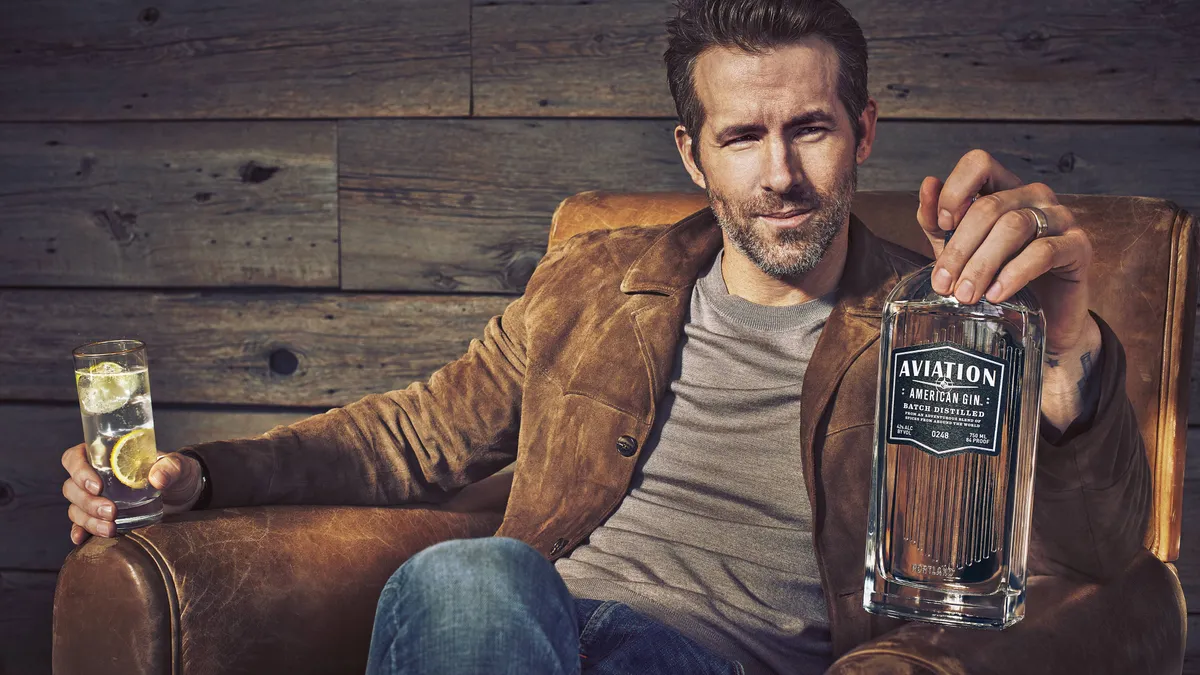A lack of diversity within many marketing organizations, as well as in brands' consumer-facing strategies, casts a long shadow over the industry, but a series of recent controversies has mobilized more organizations to take action — a trend that might not only herald progress but also new opportunities.
The topic of diversity in 2017 is perhaps a more loaded one than it has been in the past, as politics designed to exclude certain segments of the population from a place in America appears to be ramping up. However, for marketers looking to make a connection with younger consumers, research suggests that being inclusionary is an important criterion for the businesses groups like millennials choose to engage with.
“Now more than ever, it is hugely important for marketing and advertising to reflect our global society," said Michele Emmons DeHaven, principal and creative director at Function:, a building product marketing agency.
"As we become more connected through different mediums of communication, there are even greater opportunities to engage new audiences as well as to rejuvenate and excite current consumers," she said. "If a company is neglecting diversification in their advertising or marketing efforts, they may be alienating an entire segment of potential customers and subsequently forfeiting both brand advocates and indispensable profit."
Changing ideas
A new report from Google, titled "The Case for Diversity in Advertising," highlights research indicating 75% of black millennials would like to see brands better represent diversity in ads and are more likely to consider a brand that positively reflects black culture. Seventy percent of those surveyed further said they are more likely to buy from a brand that takes a stand on race-related issues.
Separate research cited from The Harris Poll by eMarketer indicates nearly 65% of 18-to-34-year-olds overall prefer shopping at retailers that offer a wide selection of multicultural products.
"These ethno-racial differences in demographics take on an even greater importance with the younger the consumer,” said Geraldine Rosa Henderson, an associate professor of marketing at the Quinlan School of Business at Loyola University Chicago and co-author of "Consumer Equality: Race and the American Marketplace. "In other words, there is a greater increase in the presence of previously considered minority consumers in the younger age cohorts."
While this research suggests a need for greater diversity in ads, the marketing industry itself suffers from a reputation of not being very inclusive in its hiring practices, which could, in part, explain why marketers struggle to come up with campaign strategies reflecting a range of ethnicities and cultural backgrounds.
Last September, 4A's released a report that found 74% of its members said diversity hiring practices at ad agencies were "mediocre or worse." The group then pledged to be more active in addressing diversity shortcomings by conducting proprietary research, hosting panels and creating an inclusion-focused content series. One month later, in October, the ANA announced its own Alliance for Inclusive and Multicultural Marketing, an initiative dedicated to bettering diversity in marketing and advertising across the board.
Marketers wanting to make a change might try YouTube, with Google's research revealing almost two-thirds of black millennials say the video platform — which is owned by Google — is a place where black people have a voice, and that they back that up with action. The group watches 73% more YouTube on mobile than millennials taken as a whole, per the study, and mobile YouTube watch time among black millennials has doubled over the last two years.
A comprehensive approach
To date, groups in the U.S. holding minority status have often been "largely ignored" by marketers and advertisers, according to Henderson. However, as demographics continue to shift, areas including product and service design, pricing, availability and marketing communications will come to be more heavily influenced by these traditionally under-represented groups.
Brands should then think beyond merely adding representations of diversity in their advertisements to instead take a more comprehensive approach across operations.
"Messaging will not be sufficient if the products are priced beyond affordability and/or are not available or accessible by communities of color," Henderson said. "Messaging must go beyond just pure numbers.
"In other words, just having people of color in an advertisement without considering what those actors are doing, how they might be perceived and what value they might be adding to the marketing communications message" is the wrong line of thinking, she added.
Google reached out to #YouTubeBlack creators for a separate study called "What Black Millennials on YouTube want from Advertisers" and found further truth in Henderson's insights.
"Our interests are as diverse as we are. Don't put us in an 'urban' box or try to win us over with 'hip-hop,'" said Cameron Miller and Stevie Green of DormtainmentTV in a joint statement. "I like space. I like sports. I love National Geographic. Animals. Technology. The answer isn't always to make a specific ad for this demographic. The answer is to represent diversity in every story you tell."
Holding the compass
Consumers are increasingly cynical, adopting an attitude that is keen to see through any disingenuous marketing. Diversity should then be a value worked into the vision of a company rather than a purely business-minded marketing tactic, according to Tiffany Tulloss, PR account specialist, Function:.
Given its ubiquity and influence over media, the marketing industry also has a unique opportunity to "hold the compass" and navigate other executives and initiatives toward more diversified strategies, per Tulloss.
"Advertising may be one of the more progressive industries seeking to meet the needs of a global audience that’s hungry for culture and diversification," she said. "From makeup giants featuring male beauty influencers to global soda companies reminding us to stand together, advertising is one of the largest platforms to showcase inclusivity."
However, brands that tout a more progressive edge should be well aware that such efforts increasingly serve as a double-edged sword, especially as political and societal divides continue to sharpen in the U.S. Coca-Cola, for example, faced a #BoycottCoke social media campaign after running a TV-spot championing inclusion at this year's Super Bowl.
But while such spots often raise some consumers' ire in the moment, the tangible business impact is rarely immediate and may be negligible in the long run for megabrands.
A work in progress
Beyond putting more stock in diversity-minded advertising, more industry thought leaders are taking vocal stances against various forms of prejudice.
In February, Pete Favat, chairman of the 2017 International Andy Awards, and Gina Grillo, president and CEO of the Advertising Club of New York, asked industry award shows to ban work that reflects gender bias. The Cannes Lions festival similarly told its jurors to not recognize work that objectifies or perpetuates negative or harmful inequalities.
These stances arrive as major steps forward for an industry often heavily criticized for sexism and bigotry. But even though notable change is occurring, there is still a long road ahead, according to Loyola's Henderson.
At Loyola, she teaches undergraduate and graduate classes on multicultural marketing, where the curricula put an emphasis on distinguishing exclusion and inclusion.
"Unfortunately, many of the companies that operate today do not have an inclusive marketplace and advertising strategies that welcome diverse populations," Henderson said.
"But the greater sin is organizations that actively and perhaps intentionally exclude diverse populations from their marketing and advertising efforts," she added. "Much care should be taken by marketers and advertisers to avoid committing either one of these two sins."











